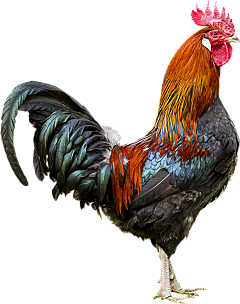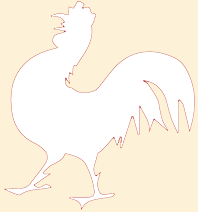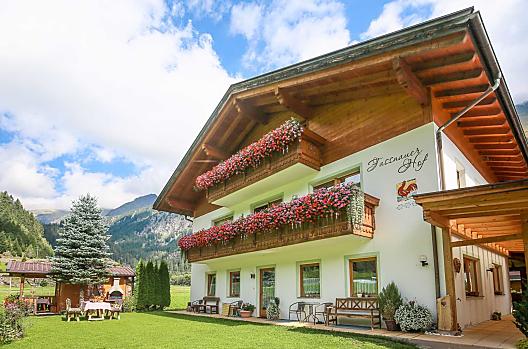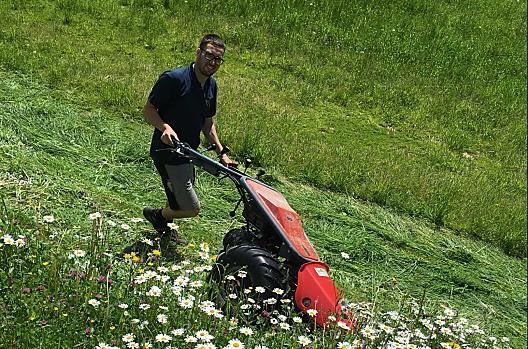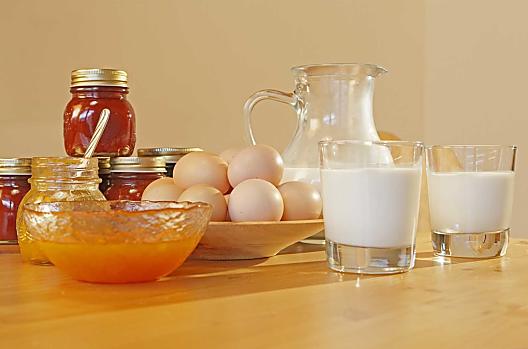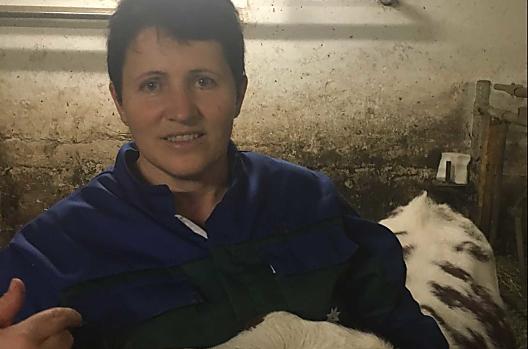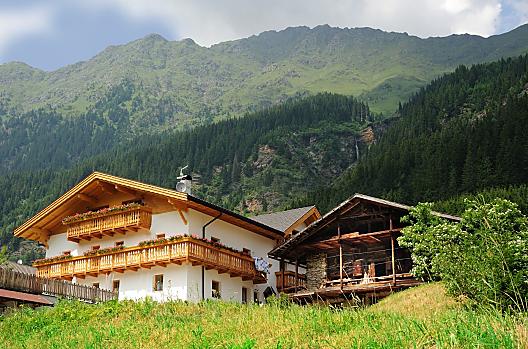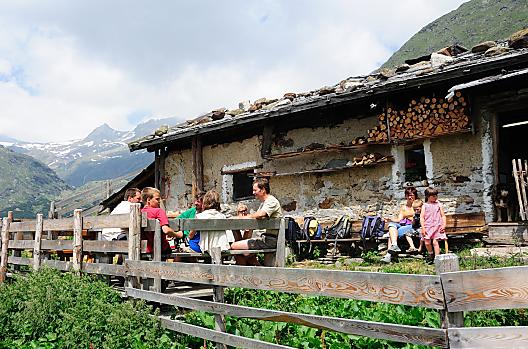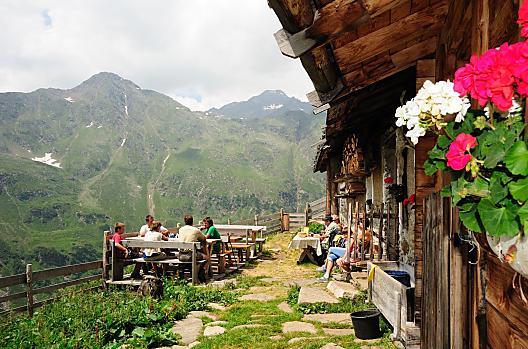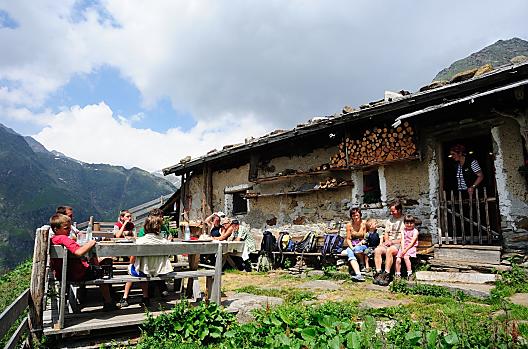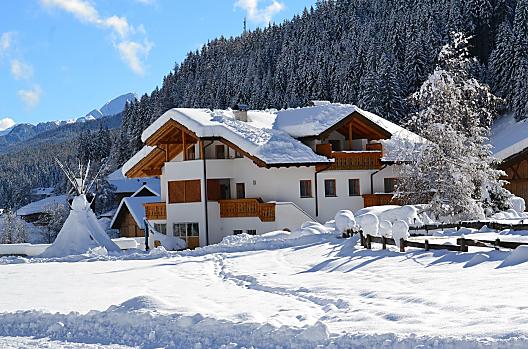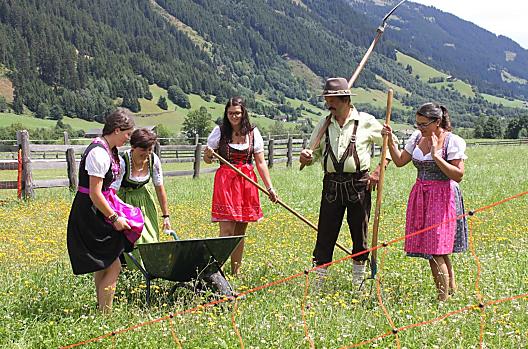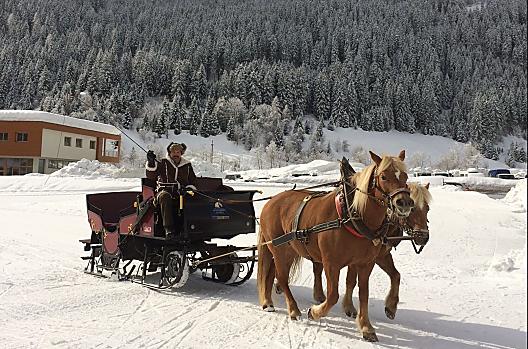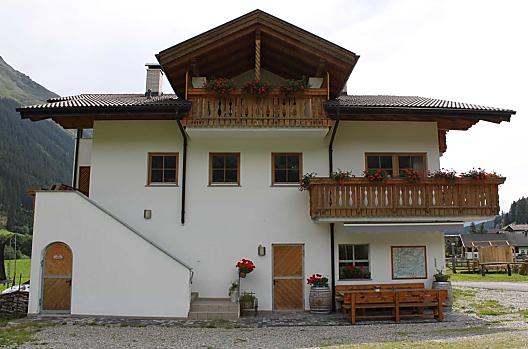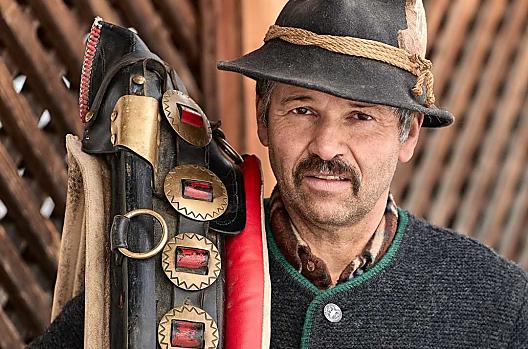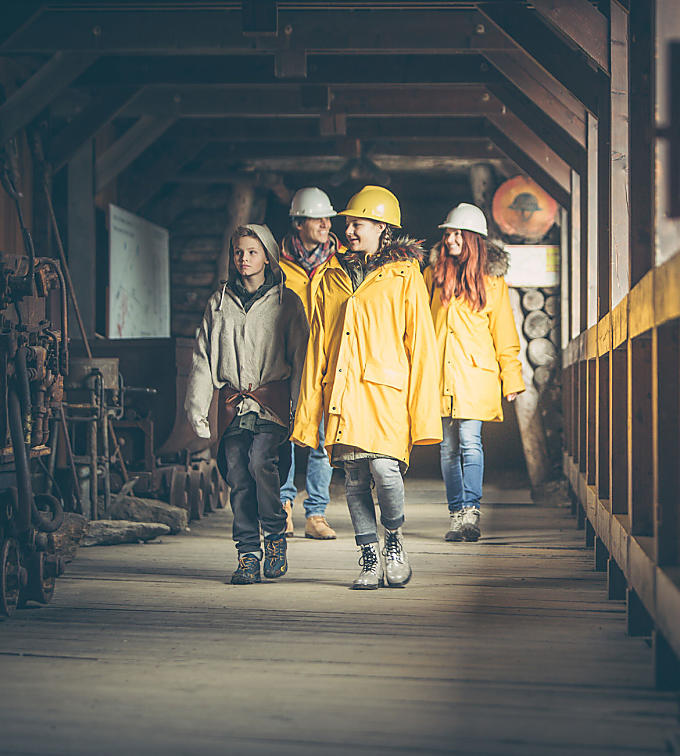
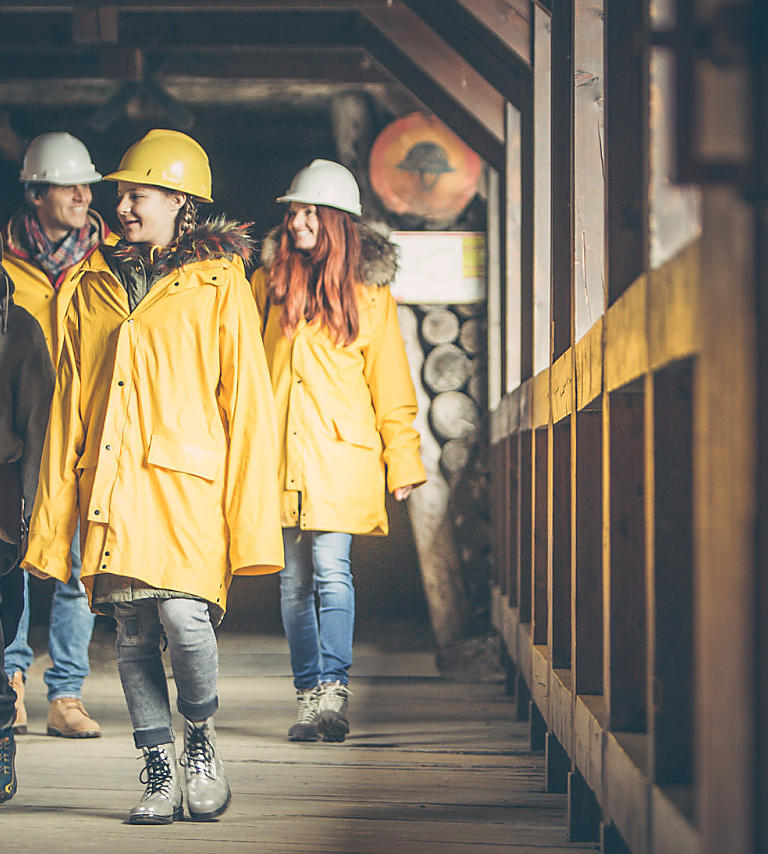
Day trip destination
Ridnaun mine: going through tunnels and shafts like a miner
The Schneeberg Show Mine experience in Ridnaun is fascinating. Deep in the bowels of the mountain, children and adults can learn about the world of mining.
Visitors to Schneeberg Mine in Ridnaun from April to September will be able to get a feel for the unimaginably hard and dangerous work of miners at their original site. Here, where miners dug for precious silver, lead and zinc ore for nearly a century, visitors can go on an adventurous excursion above and below ground.
The 200-metre-long tunnels display the heavy work of the miners below ground. You can get an idea of how the miners dug away in the dark, cold and damp tunnels for hours a day in order to yield the Earth's treasures: a mountain mine close enough to touch, experience and wonder at.
Work in the tunnels could start again at any time, as the original machinery is still in working order and in operation during the regular guided tours.
Visitors get an insight into the technical development of ore mining methods over the course of centuries and the whole production chain of a mountain mine, from mining to the hard transport to the mine surface to ore processing at Ridnaun mine. Minerals from the area surrounding Sterzing, a large coin collection and other exhibits may be found in the museum in a former miner's house, bringing a certain tangibility to the customs, traditional dress and free time activities of the miners.
A long history
This mine was once one of the highest-lying in Europe. The veins of ore at the plant often run up to an altitude of 2,000 to 2,500 metres through the crest of the mountain that separates Ridnauntal valley from Passeiertal valley. The good quality silver from Schneeberg was first mentioned in records around 1237.
With time, Ridnaun mine became one of the most important in Europe. It experienced its heyday around 1500. Around 1,000 miners used to dig for silver and lead in 70 galleries, and at 2,355 metres above sea level there was a miners' village. Silver was very valuable, but the main ore mined at Schneeberg was sphalerite.
Life was hard for the miners and their work was especially dangerous during the long winters. For hundreds of years, ore was carried down to the valley on horseback and then transported onwards on carts. In 1871, a large surface ore conveyor system on rails was constructed, which is still in good condition today. In 1925, a materials cable lift was built, making work easier. The mine was closed in May 1985 because of the European mining crisis.

The miners' daily life
Schneeberg Mountain Mine Experience features some particularly interesting guided tours, excursions and a circular walk. You can learn all about working conditions as well as mining methods over the centuries and walk through the 200-metre-long show gallery.
If you book in advance, you can become a miner yourself at Ridnaun mine. After a fascinating guided tour, you get a set of equipped complete with boots, jacket and helmet with a headlamp and are taken by bus to Poschausstollen gallery at 2000 above sea level. The pit train then takes you through the gallery for three and a half kilometres to where the ore deposits are. Once there, an adventurous circular walk amidst streams, mildewy wooden structures and a wide mining gallery begins. Children can look forward to exciting excursions – they get a replica of a set of mining equipment and can go in search of ore armed with picks, hammers and shaking sieves.
Most guides at Ridnaun mine themselves come from mining families and have close connections with the mining tradition. Along with the galleries, the chapel of Maria Schnee and an educational trail are also worth seeing.

